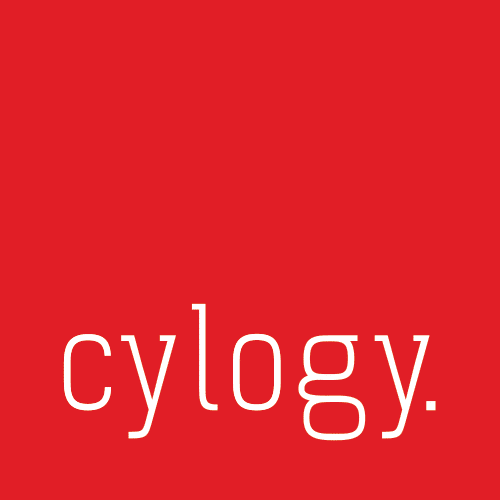We recently reviewed Sitecore Content Hub and its four main areas of capability – Digital Asset Management, Content Marketing Platform. Marketing Resource Management and Product Content Management.
Here’s our view on five ways the Sitecore Content Hub can transform content management.
1. Digital assets are at the center of content
Having an effective DAM platform means that digital assets such as images, videos and files are now much easier to locate and share. This can have a significant impact on your content; by making assets visible and easily obtainable for content contributors it places these at the center of your content and even the creative process. Digital assets are no longer at the periphery or simply an afterthought.
The impact on your content can be considerable. For example, it may now be possible to place more relevant and impactful imagery into content rather than rely on stock photos. You may be able to start to use more infographics and videos where the asset is the primary content and text is secondary. You may also find that contributors start to think about imagery that makes sharing on social media channels more likely. Overall, content can be “lifted” and far more engaging, with new possibilities and formats explored.
2. Campaigns and calendars become the starting point
Sitecore Content Hub comes with a stack of extra content marketing tools that can prove highly effective. In particular, the campaign and content calendar features will do the heavy lifting in terms of coordinating editorial activity across a wide group of people. It also brings far more awareness of central campaigns, for example to your lines of business.
If you haven’t used a professional editorial calendar before and relied on email and spreadsheets, or you’re bringing more people into the calendar for the first time, the impact can be significant. The calendar can emerge as the “one source of truth” for content scheduling and the starting point for content creation. Knowing there is visibility for multiple parties drives more accountability for any related actions – no one wants to be seen to hold up the workflow. All of a sudden people take content creation more seriously and the management and oversight from the central marketing team becomes a whole lot easier. Contributors who were previously resistant or disorganized are a lot more compliant!
3. Provides clarity and speed for complex workflows
The workflow for any one piece of content can be extremely complex, involving writers, editors, copywriters, administrators, translators, multiple approvals from different specialists, third parties, local and central teams and more. The workflow will also likely be different for different types of content.
When you don’t have an effective workflow tool that can handle this complexity and provide clarity you usually end up relying on email. The results are not pretty. Content gets lost, bottlenecks occur and the time to publication stretches so you lose marketing momentum. Stakeholders lose confidence and end up doing their own thing.
Sitecore Content Hub comes with the right workflow, reporting and level of flexibility – basically all the nuts and bolts you need to bring complex publishing workflows under control, involving multiple parties, both internal and external. This provides clarity and confidence, indicating where a piece of content is in the pipeline, driving efficiency, reducing blockages and reducing time to publication. If you work in a complex organization and want to deliver tightly managed campaigns, then Sitecore Content Hub makes a real difference.
4. It drives confidence in content management
One of the great things about Sitecore Content Hub is the way it can install more confidence across your content community. Because the Content Hub introduces central process and workflow, drives accountability and transparency, ensures the findability of assets and brings some governance to content management, it can ‘professionalize’ the efforts of local content teams, perhaps for the first time.
This drives confidence, engaging stakeholders to contribute more and take a different and more thorough attitude to content marketing. Of course, when some of your publishers start to up their game, others then follow.
5. It acts as a catalyst for creativity, community and collaboration
At the heart of all Sitecore products is the ability to drive fantastic customer experiences through your digital channels and your content. Sitecore Content Hub is no exception and it’s a great tool to use if you’re truly wanting to move towards being a customer-first organization. A prerequisite for being a customer-first organization is to have a wide variety of people taking more responsibility and care over messaging and external touchpoints with customers.
Once you have process and more confidence in content marketing, it can result in a sense of there being an actual publishing community. Because the Content Hub includes tools for everybody to collaborate, provides visibility and is also one central place for multiple parties to access, it genuinely creates a different dynamic. By removing some of the silos inherent in fragmented marketing processes, there is a much broader sense of community and shared responsibility.
This in turn creates exciting possibilities around sharing and shaping ideas, collaborating on content and even stimulating creativity. Overall the Content Hub acts as a catalyst for establishing an engaged content marketing community.
Do you need to change the way you produce content?
If you need to change the way you produce content, needing to simultaneously streamline content workflows and engaging publishers, then Sitecore Content Hub could be for you. Each time we work with it we can see more and more potential. If you think it could change content management in your organization then why not get in touch?




